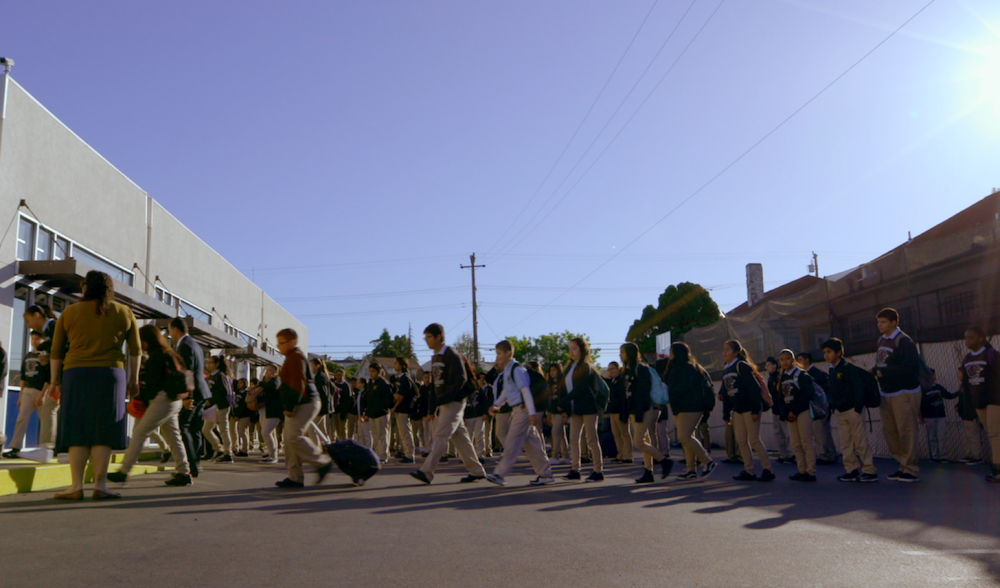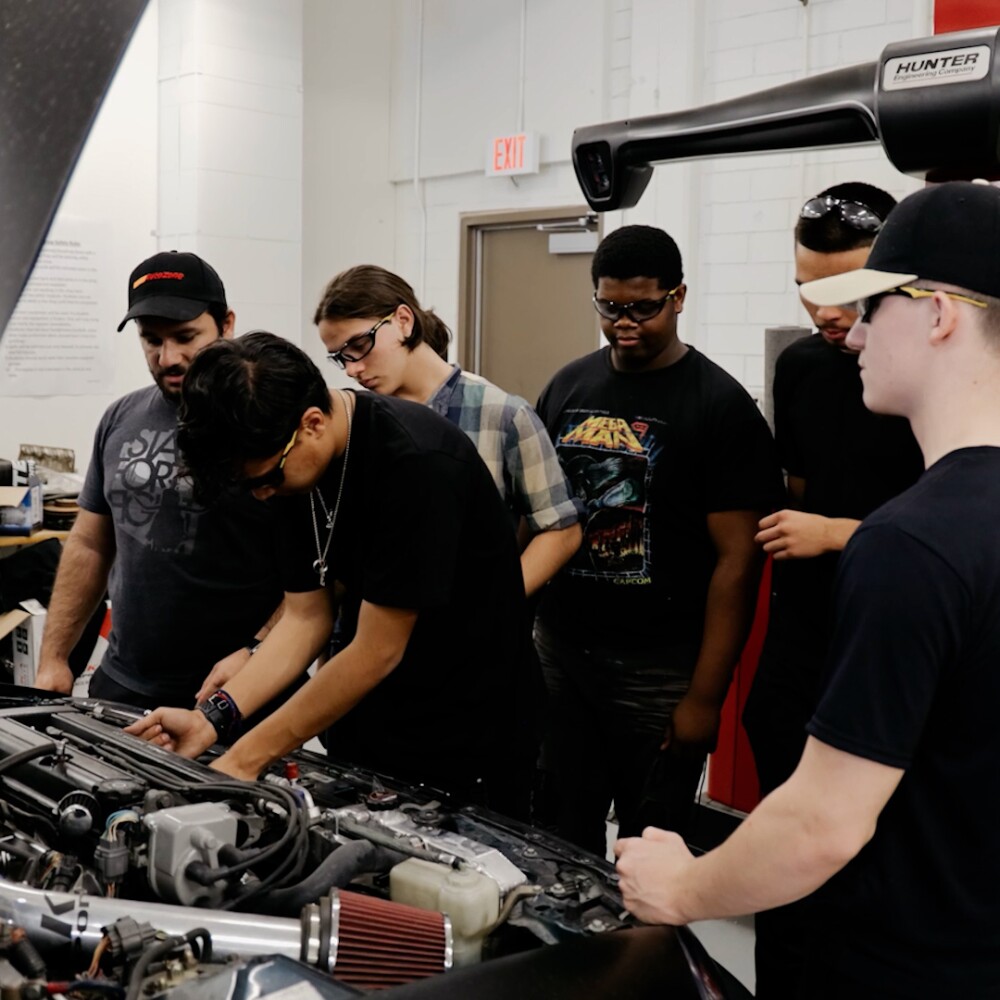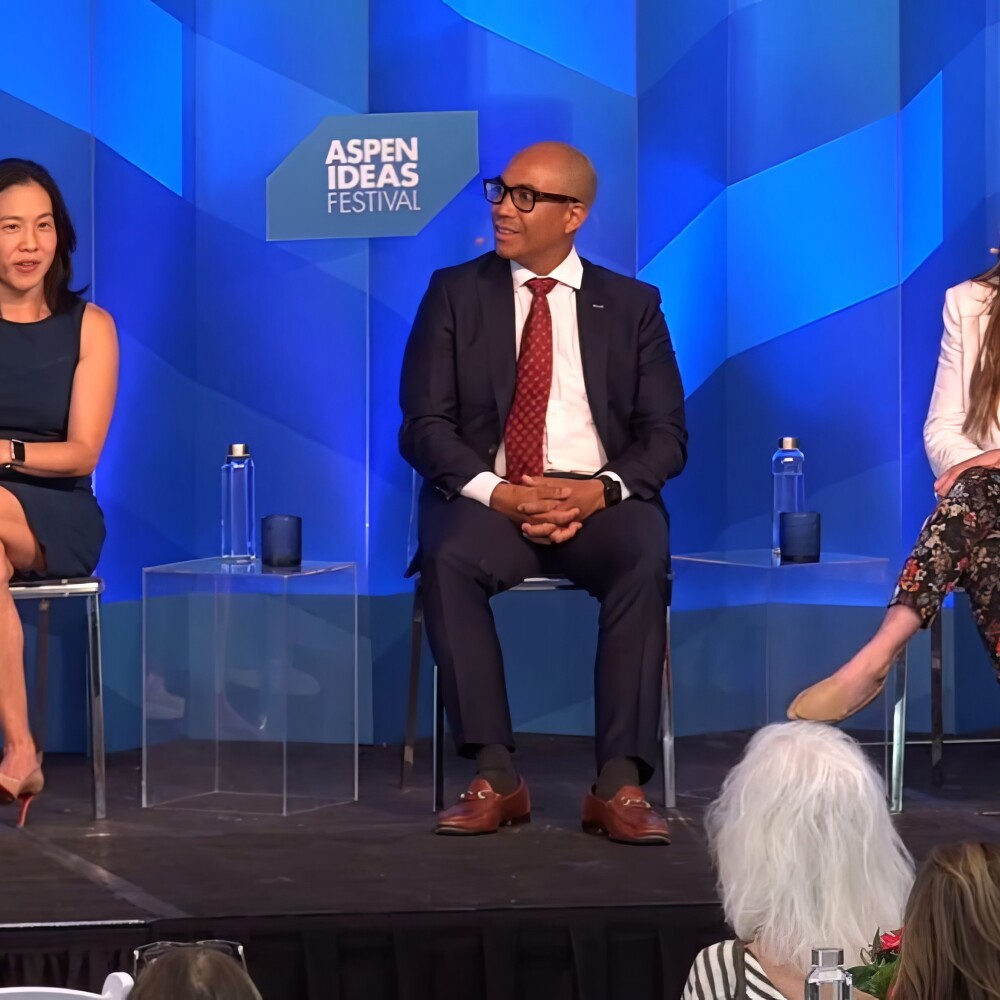Even as a little girl, growing up in a poor immigrant family, I was hungry to achieve, and I became a firm believer in the idea that a person’s ZIP code and history need not determine her future.
My childhood taught me three core lessons: education is enormously valuable; you should never be ashamed of working hard; and never give up.
Today, as the Chief Academic Officer at Amethod Public Schools (AMPS), which serves more than 1,700 students in some of the roughest neighborhoods in Oakland and Richmond, California, these lessons have helped me give my students opportunities and push them to strive and achieve.
Oakland and Richmond are tough cities: we have some of the highest violent crime rates of any city in the United States. Citywide, just over half of our African-American and Latino students graduate from high school in four years.
At AMPS, though, we believe in opportunity for all, not matter their situation. We believe that each of our students can achieve anything when given access to the right chances. We eliminate the excuses and hit the ground running.
Typically, when I think about our schools, I think about the individuals: our hard-working principals and teachers, and our students who come to us day in and day out, ready to learn. They come from all parts of the city and usually, the only thing they come in with is hope. At many of the elementary schools that feed our middle schools, only 3% of students are reading at grade level. When I think of our students, I think, “How dare we not push these kids and help them build the skills they need to make something of themselves?”
I remember two years ago, a seventh-grade student who was new to our school system, came to me crying and begged me not to retain her. “I hate you,” she shouted. I am used to the anger and frustration that new students often come in with, but I believe in telling my students the reality of where they stand. I remember talking to her and explaining why she was being retained. It was no surprise to find out that she had never been shown a report card and was unaware what percentages she needed to achieve to pass.
"...she had never been shown a report card and was unaware what percentages she needed to achieve to pass."
Students who enter traditional inner city public schools can simply get passed forward from one grade to the next (this idea is called “social promotion”). Along the way, they don’t develop the foundational study skills to keep up with homework and tests. At AMPS, the work is harder and much more rewarding. Today, the failing seventh grader is in ninth grade, and she is doing well. It’s great to see her walk with confidence and pride. My hope is that she will go on to college and be a role model for her peers, family and community.
Setting high expectations for all students and not giving up on these expectations is key in any child’s life.
I tend to think about our individual educators and students, but the story I live daily at AMPS is a micro-example of the achievement gap — the chasm that separates poor students from their wealthier peers and the gap that separates Latino and African-American students from white students.
This gap is deep and persistent throughout the United States, but I’m confident we can close it. I know we can, because I did it in my own life, and I know we can because in my professional life, I have helped hundreds of students defy the expectations that society has for them. My students have gone on to universities such U.C. Santa Barbara, Stanford and CAL Poly. But if you had looked at them “on paper” as they started elementary school, you might have guessed they’d struggle, be mislabeled as “at risk” (which, in my view, typically promotes a racial stererotype), fall behind and drop out.
Our work is not easy: It’s hard for the educators, and it’s hard for the students; we all have to work late at night. We might not teach and learn in ideal facilities or have access to perfect books and materials. Some of us struggle to remember that the “reward” for what we do comes later.
But for individuals, for our community and for our broader society, this is the most critical work we can do. It’s not only life changing, but shifts the future generation’s expectations about education.
Learn More about the Achievement Gap with EdFacts Flashcards >





